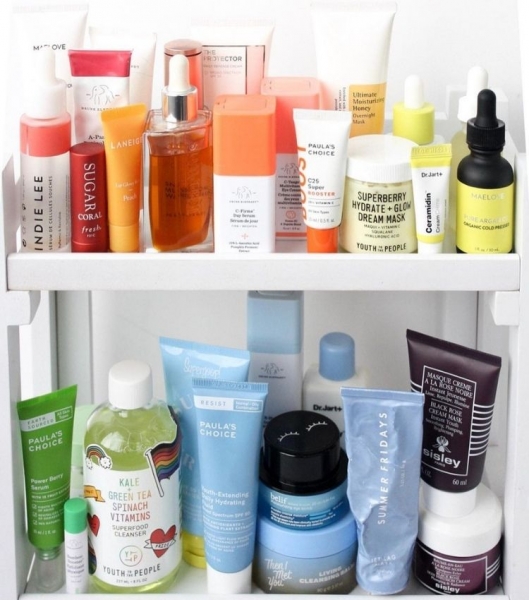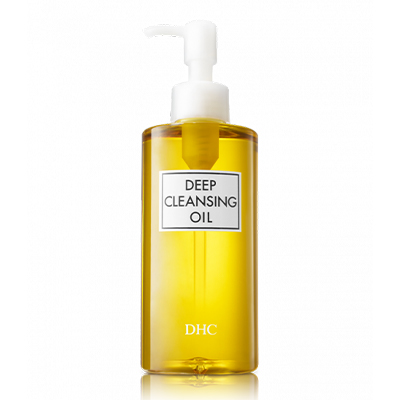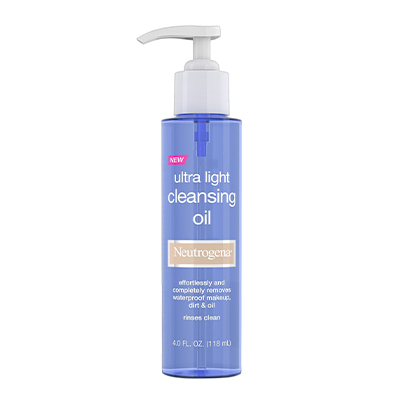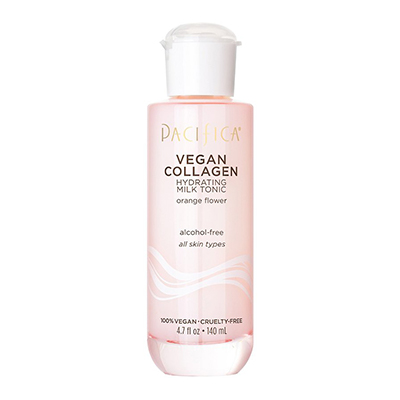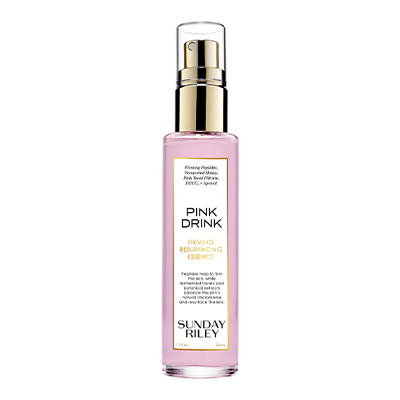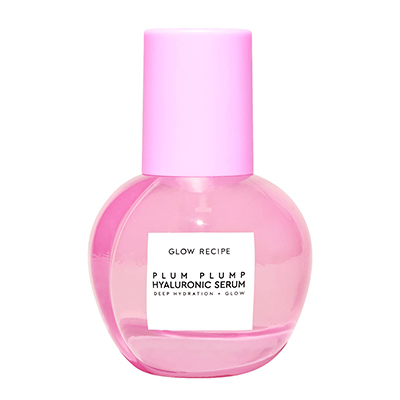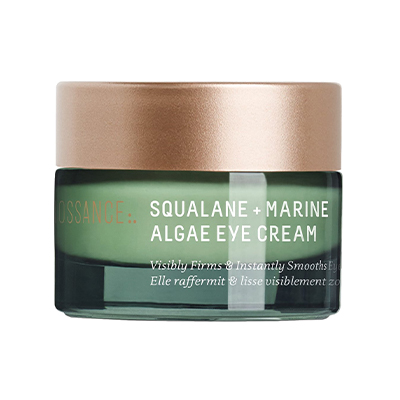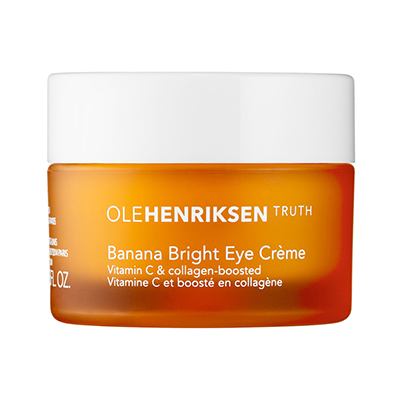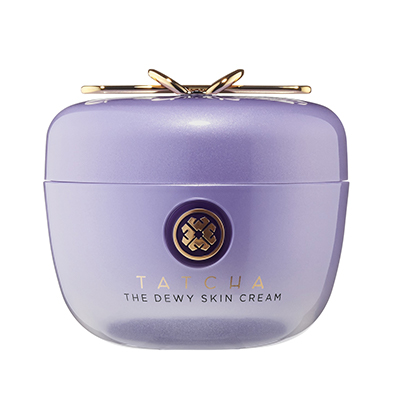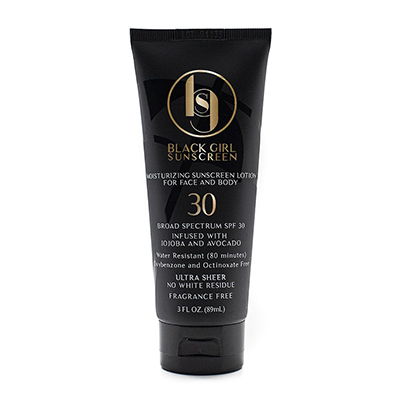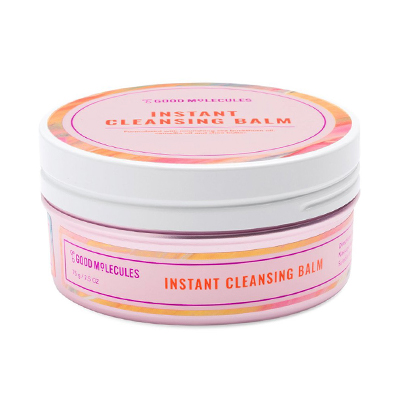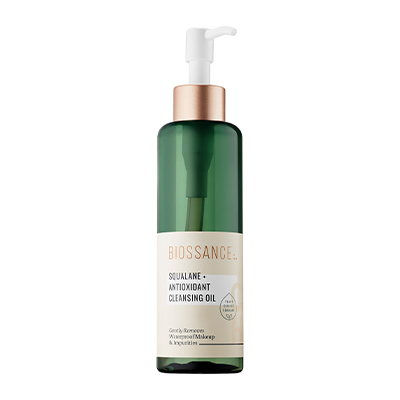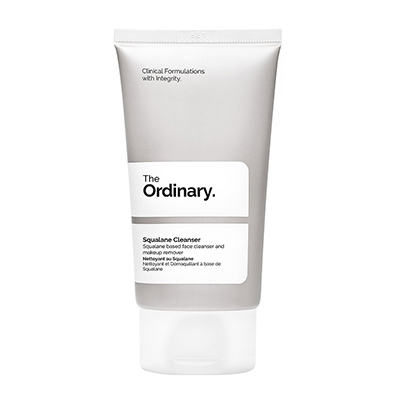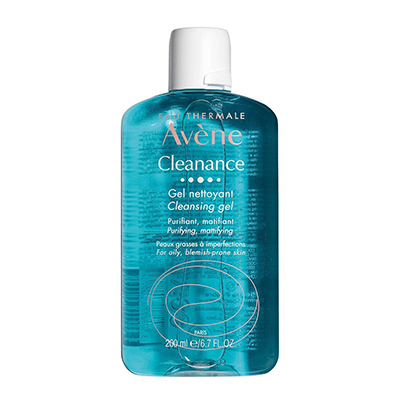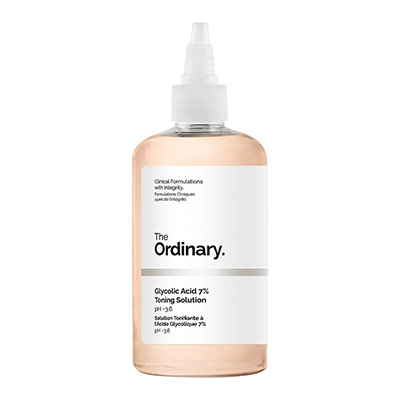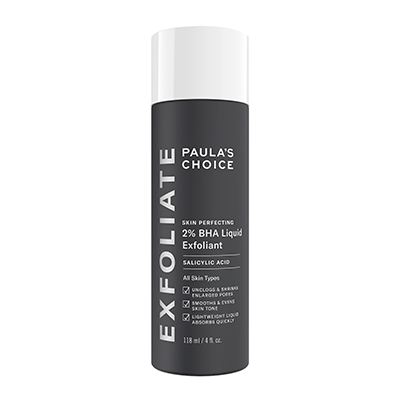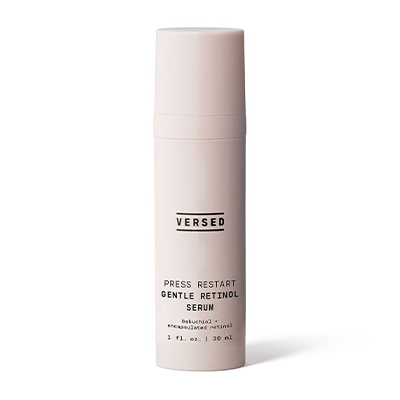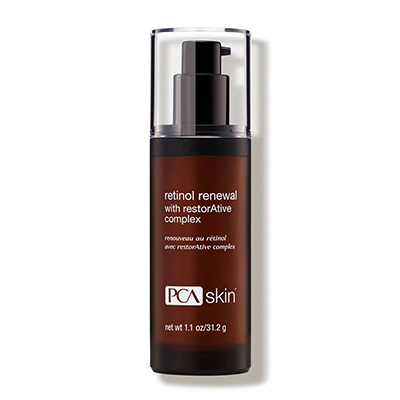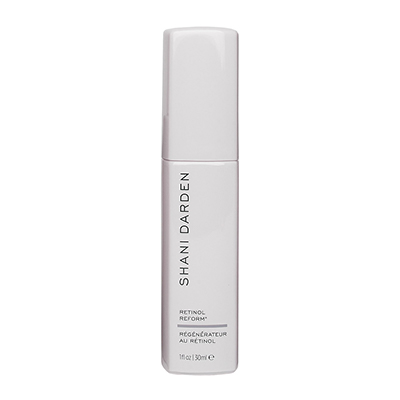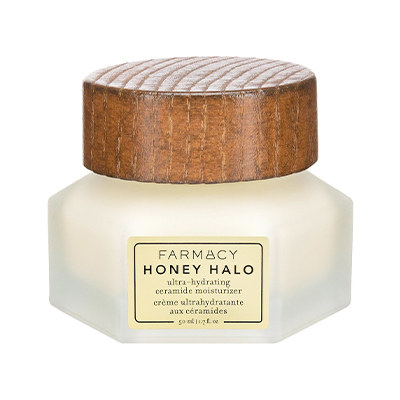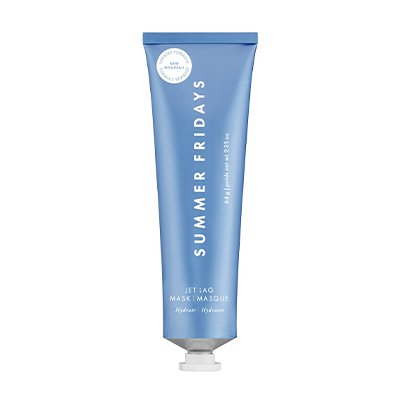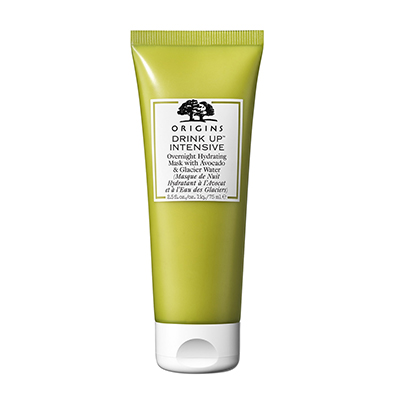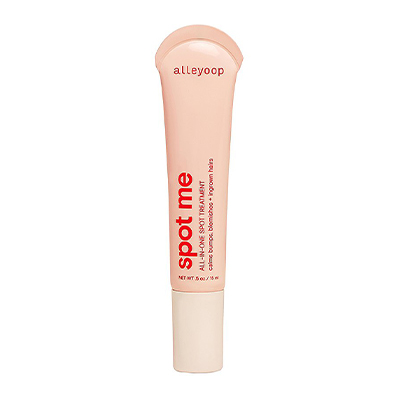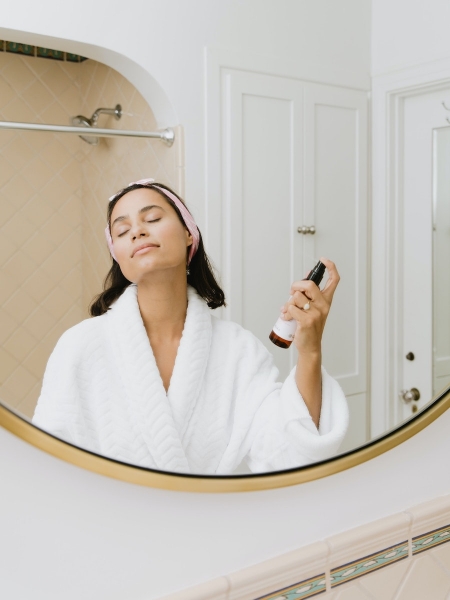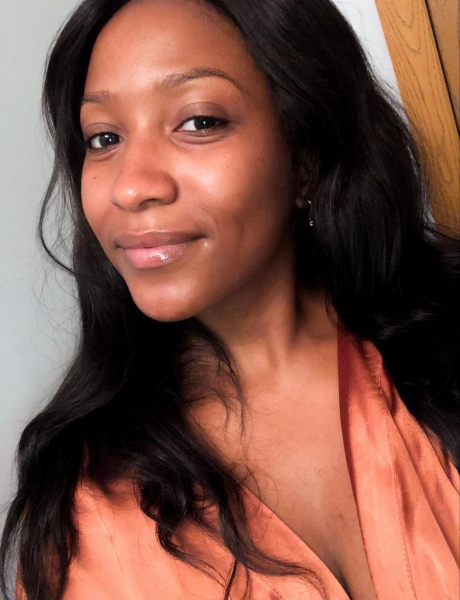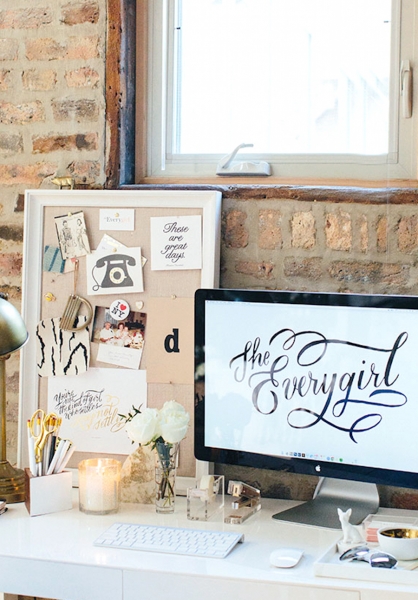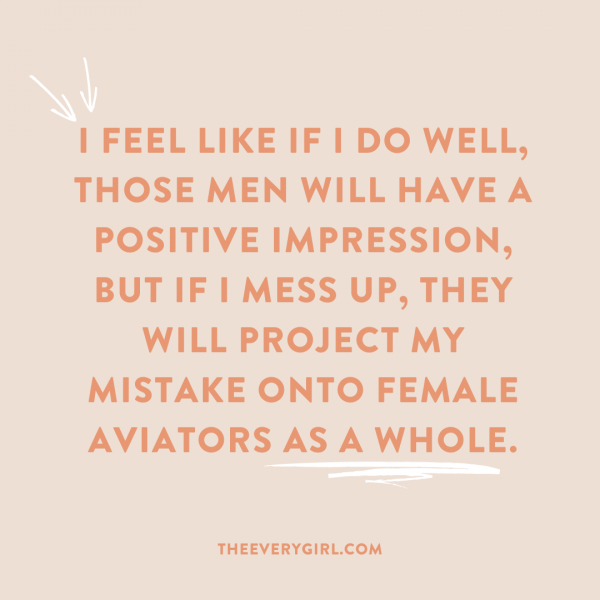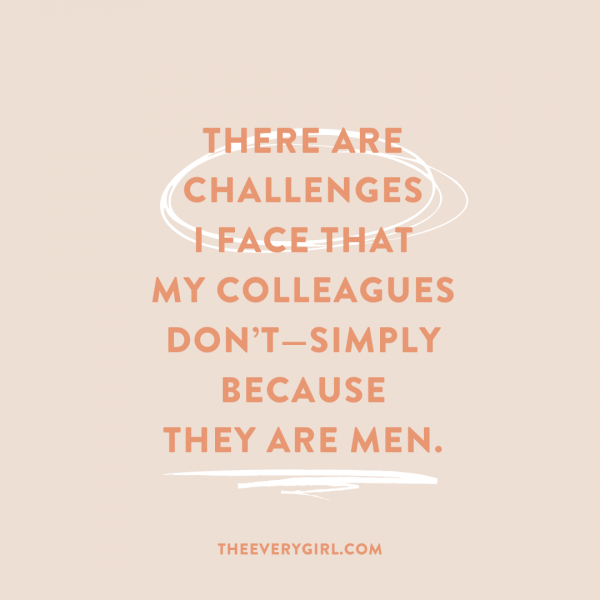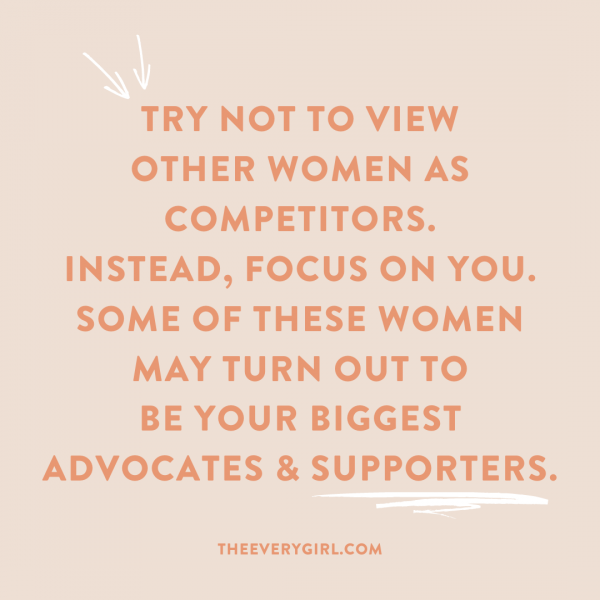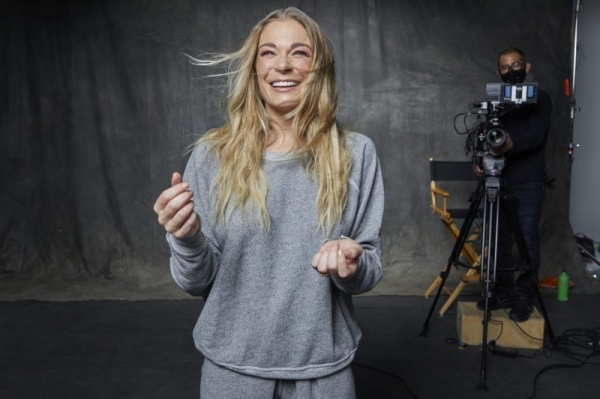

“Real Women, Real Work” is a Darling series about everyday women who work in various fields including business, entertainment, science and education. We want to get to know the WHY behind their WHAT and get an inside look into different industries.
LeAnn Rimes is known for her success as a Grammy-award winning singer, songwriter and actress, but with the launch of the second season of her mental wellness and wholeness podcast, “Wholly Human,” she is now also a leader in the mental health advocacy space.
Following up on the success of the first season of the iHeartRadio podcast, which reached #2 on iTunes Health & Fitness chart and in the Top 35 overall for podcasts worldwide, LeAnn continues to explore the wellness space in the second season of the acclaimed podcast. Ranging from topics such as anxiety, neuroscience, spirituality and the chatter in the mind, LeAnn leads listeners in honest conversations with experts to provide practical tools for their own wellness journeys.
More than ever, LeAnn is dedicated to using her voice and her celebrity to uplift others by removing the shame surrounding mental health. As she celebrates her 25th anniversary as a recording artist, LeAnn will continue her country-wide tour, and in early fall, will release her next studio album, “God’s Work.”
Darling got to sit down with LeAnn to discuss the second season of her podcast, which debuts today, as well as the journey that led to her upcoming album.
LeAnn, you are a singer, actress, author and now podcast host. When you were a kid, what did you imagine you’d be when you grew up?
As a child, I wanted to perform. I loved to entertain. I loved to sing. I remember when I was little I either wanted to be a singer, psychiatrist or the first female professional softball player. The singing panned out way more than the other things. I remember when I was young telling my mom that I wanted people to know my name. Everybody would know my name no matter where they lived. So I think I’ve done fairly well.
I’d also say the past year and a half has allowed me to diversify in a lot of ways. There are gifts through this pandemic. It’s allowed me to play in different areas where I didn’t know if I would have the time before. I have been on tour since I was 13.
At the beginning of 2020, I was talking to a friend, and I had all these ideas for a new record and a podcast. All of the sudden, I had plenty of time to create all these things. The pandemic really has allowed me to diversify and play in areas where I wanted to play but perhaps there was fear. This past year and a half has really been about expanding into other places and beautiful crevices of myself that I have not yet explored. It’s been really exciting.
This past year and a half has really been about expanding into other places and beautiful crevices of myself that I have not yet explored.
You were catapulted into the spotlight at a really young age. At 13, you were a country music star. How did you deal with the pressure?
In one word, denial. Honestly. We just celebrated 25 years since my first single and album. I look back and I recognize how much denial I had to go through in order to continue to do the work that I was doing. It was always about forward movement and not stopping.
During this down time during COVID, I’ve been off the performance train for 16 months. It’s hard to get back on. It’s given me an opportunity to recognize how unhealthy some of my life was. My nervous system has been stunned since I was a child. In 2020, it was really uncomfortable to have so much down time because my nervous system was wound up. It has been eye opening to reflect after 25 years and to recognize the ways in which I had to suppress and deny in order to survive.
 As a public figure, people might assume you don’t have struggles with finding your voice, fear or feelings of depression. What have been the biggest stereotypes or assumptions you’ve had to overcome?
As a public figure, people might assume you don’t have struggles with finding your voice, fear or feelings of depression. What have been the biggest stereotypes or assumptions you’ve had to overcome?
I think there’s a big assumption—that I am not human actually. We have spent many years as a society, not just with celebrities but with ourselves, shoving down our humanity and presenting a one-dimensional version of ourselves to everyone else. I think we are now finally stripping that back and we are being able to meet one another in our full humanity.
People look at anyone in the spotlight and think they have everything. They ask: Why would they be upset? We always think that having things equals happiness or that it would get you out of some level of pain. On many levels, that is not true.
Having so many opinions and projections, as a celebrity you really are projected on by thousands and millions of people. I joked the other day with a friend that the fact that I know who the hell I am outside of what people have projected on me is a miracle. I think we are breaking down a lot of stigmas right now.
I am happy to be on the forefront of that and tear down the stereotypes and shame around mental health. I’m honored to allow people to have their experiences fully and not hide parts of themselves.
I am happy to be on the forefront of that and tear down the stereotypes and shame around mental health.
One of your newest projects is your podcast, “Wholly Human with LeAnn Rimes.” Can you tell me a little bit about the backstory of why you started it?
My whole journey has been about collecting fragmentations of myself and bringing them back into wholeness. It’s a bit of a play on being incredibly human and the souls that we are. I wanted to create a place to connect with people on a human level.
With me being a public figure, people forget that I am human. There have been so many projections upon my story by the media and people. This is another avenue to be even more open about it and share what I am going through and use my celebrity and my name. It’s been about sharing my journey of expanding into a fuller version of myself and taking people along that ride so that they have the opportunity to do the same.
We are talking about things I never would have thought I would talk about in a million years. People are connecting with it, and that’s been so beautiful. Hearing the stories of how this has helped listeners deepen their own paths has made me really happy because that was my intention.
On the podcast, what are some common roadblocks you’ve found that hinder our wholeness?
One of our biggest roadblocks is our own voice in our heads. The bully that we think is true and isn’t 99 percent of the time.
It’s so common to see all the different ways in which we have survived, all of our survival mechanisms from an early age. We fed off the world around us. From the time we are born until we are 6 or 7 years old, we basically are carbon copies of our environment. It really is about retraining ourselves and our thoughts. Our programming all plays into who we think we are. It’s about unwinding who we think we are and discovering who we really are.
It really is about retraining ourselves and our thoughts…. It’s about unwinding who we think we are and discovering who we really are.
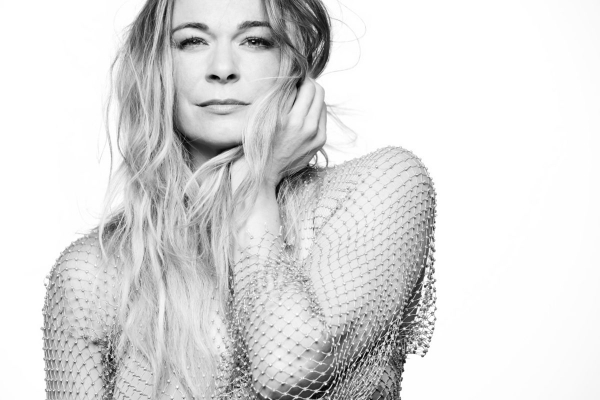 The second season of the podcast is releasing today! What can listeners look forward to?
The second season of the podcast is releasing today! What can listeners look forward to?
I am definitely more comfortable with the podcast experience and hosting. We deal with everything from anxiety to the chatter of the mind to the space of the heart and love. Every podcast guest this season is so different from experts on neuroscience to spirituality. We really have dug in further this season and bring people some really great information.
Everyone’s healing journey is so different. The hope is that the podcast is just a guide. We give them some helpful and tangible things to play with. We are all scientists, and we are also science experiments. So we have to play and see what works for us.
You have a new album releasing this fall called “God’s Work.” What inspired this album?
It is really incredible and inspired from a very spiritual place. I look at it as an extension of the chant record I released in 2020 in a lot of ways but in full musical form.
I speak truth on this record that scares me. It scared me to write. It scared me to perform, and that’s exciting because I know I’m pushing a boundary for myself and probably a lot of people too. I don’t hold back. I am so proud of this album.
I know I’m pushing a boundary for myself and probably a lot of people too.
I hope that it helps support people in their awakening. I am creating music to support the awakening and the moment of time that we are in. It’s been a really exciting album to make.
How would you describe the sound? How is it unique from previous albums?
I like to call it “World-acana” because it has an Americana vibe, but it has a lot of world groups. I love rhythm. There’s something about rhythm that moves me. Drums move me. So we started off playing with rhythms and kind of built it out from there.
I feel like every album of mine is so different. I have always been one to play. I love music and creating it. There’s a real message that I’m sending with this album. I think that it’s a call to action for a lot of people, a wake up call. It’s been a world expression that I feel called to include.
If you had to pick, what would be your favorite song on the album? What about a close second?
Now that’s like choosing your favorite child. There’s a song called “The Wild” that probably is my favorite song on the record so far. It’s my favorite expression of something new of mine. It scared the shit out of me when I wrote it. What came out was so true, honest and raw.
There were five incarnations of this song. Even when I went in to cut a scratch vocal, I felt like it wasn’t right. So I sent everyone out of the room, and I ended up finding this really cool hook to the song. I felt like I really let out the wild in me. Then, I knew that the song was complete, but it felt like serious birth pains. I felt like I was birthing a truth for myself and so many women when I recorded the song. I am really proud of that song and how I trusted the process.
What advice would you give the young woman struggling to find her voice or perhaps who feels stuck?
Trusting the process is so important. Know that where you are is not where you will end up. It’s not the end. It’s just a momentary stop on your journey.
The more we resist the thing that is showing up for us in the moment, the longer it persists. When we let things in, we become free because we give ourselves and that moment of our lives space to fully express themselves.
The feelings of being stuck are only momentary. Trust your heart and listen to what you feel. I don’t think there’s a wrong answer. We are here to learn. It’s all about the journey.
Know that where you are is not where you will end up. It’s not the end. It’s just a momentary stop on your journey.
Knowing what you know now, what words of wisdom would you give to your younger self?
Keep a sense of self. I don’t even know if I had a sense of self back then. I think I did have one but then opinions, projections and that programming gets put on us from the outside world. Trust yourself. I don’t think anyone knows better than you.
To keep up to date with LeAnn, follow her on Instagram and listen to the second season of her podcast “Wholly Human.” To find out more, visit her website.
Images via Norman Seeff




